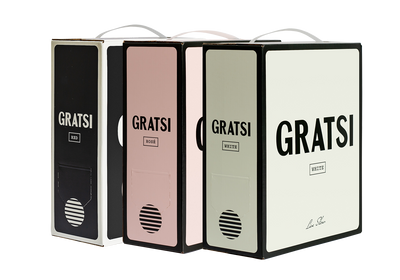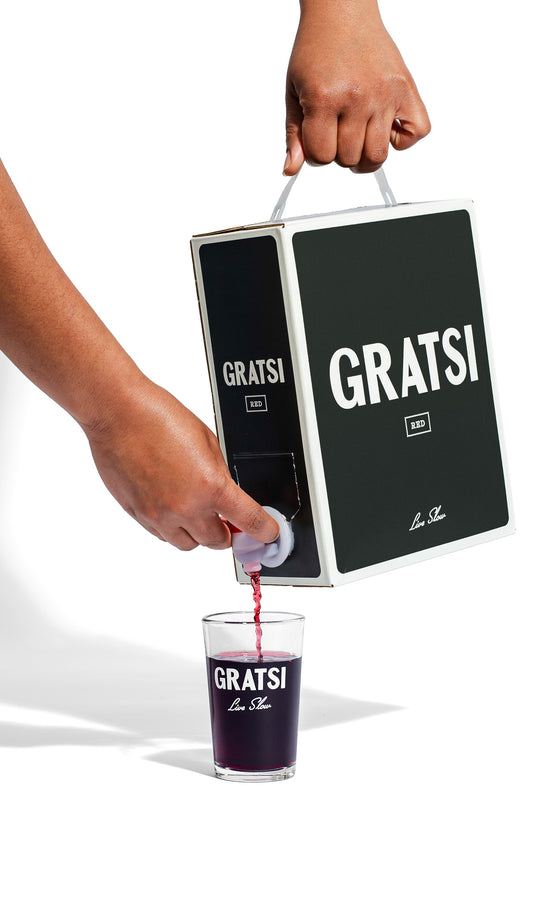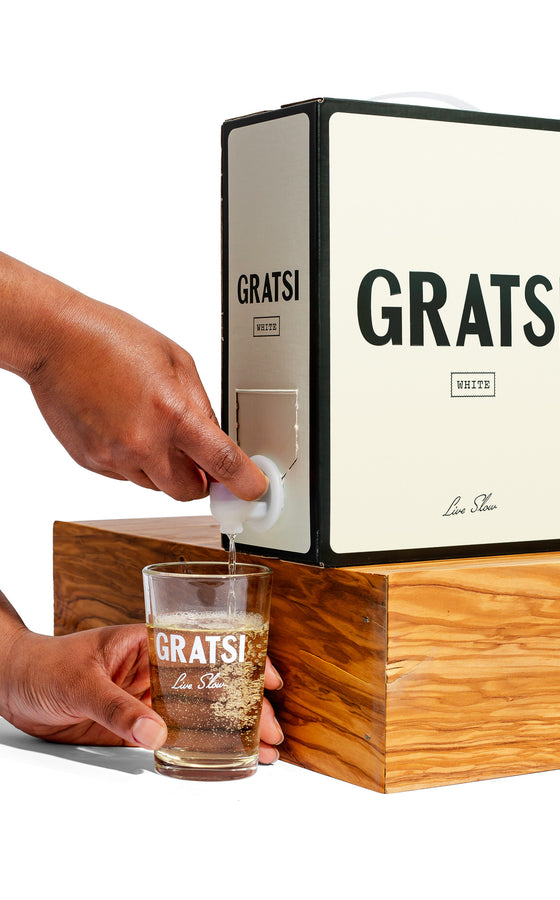A Roman Holiday

Rome wasn't built in a day.
A Roman Holiday
By Gabriela R. Proietti
August 29, 2022
Rome wasn't built in a day. And with that being said, nor can it be explored or even understood in one. That's why I decided to make it my home three years ago. Maybe it was the light and colors, the cuisine, or the Roman people. But for whatever reason it may have been, there is something so intoxicating the Eternal City leaves on people making them return again and again, always coming back for more.
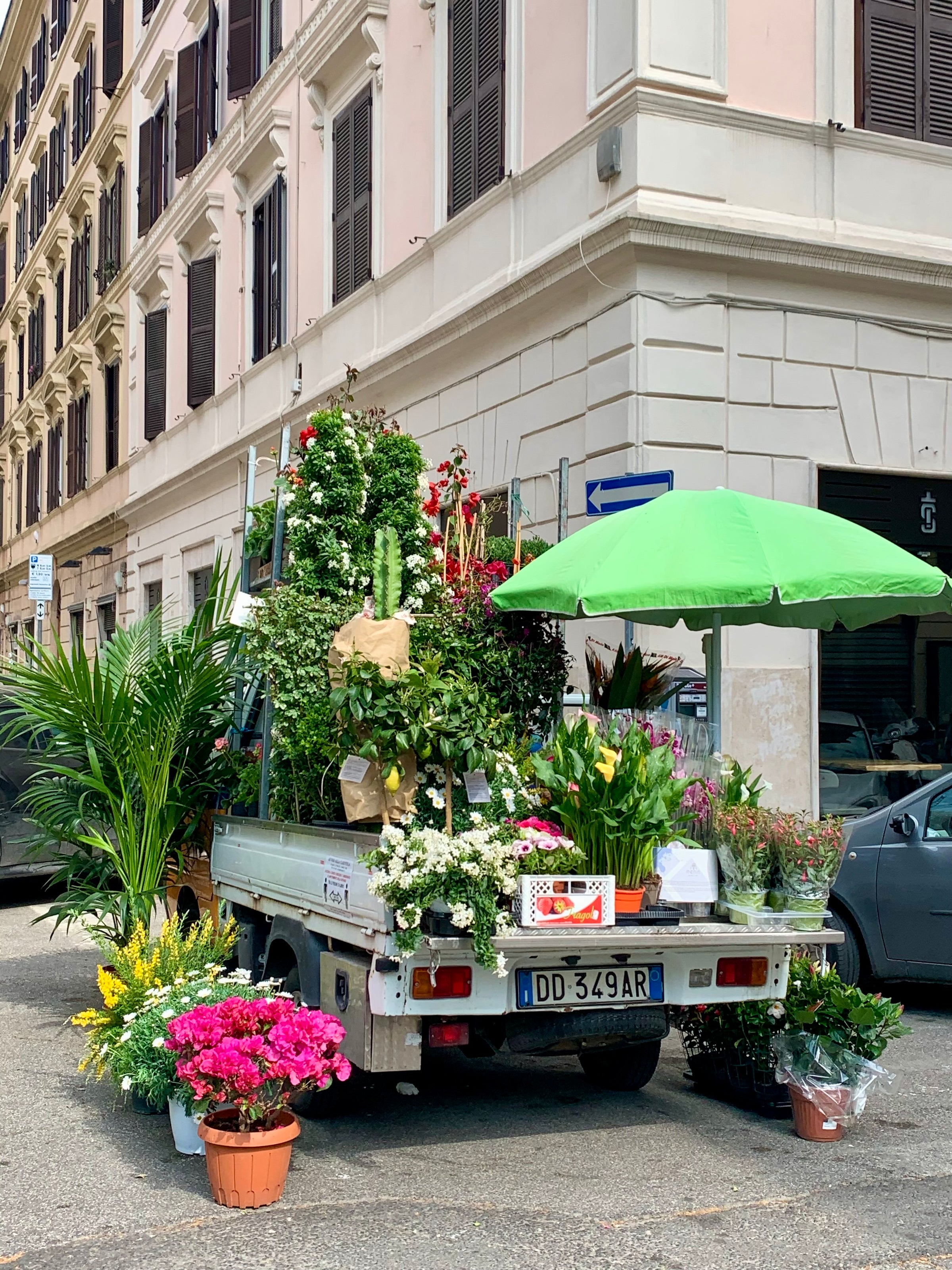
Before permanent residency, my first few trips visiting Rome had been spent tackling the top tourist sights and marking them off my checklist. I went from the Colosseum and Pantheon, back to Palatine Hill, and to the top of the Vatican without having a moment to stop and take a second look. Undoubtedly, these show-stealing ancient ruins make Rome the Eternal City, but there is also the food, the neighborhoods, the markets, the bars and parks, and ultimately the culture you shouldn't miss out on.
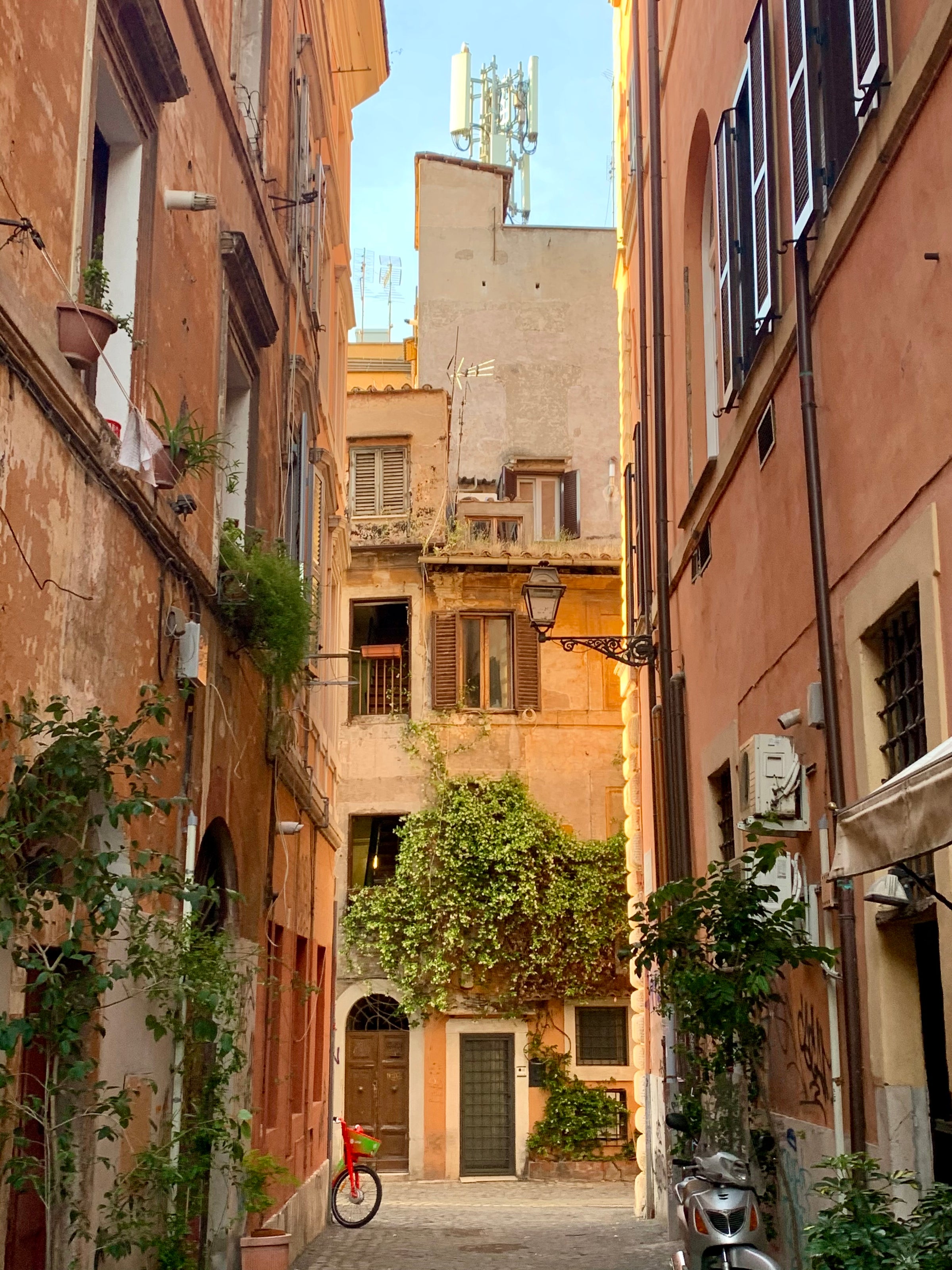
Arriving in the city isn't a need for concern. After all, all roads lead to Rome! From Italy, there are trains and buses from all angles of the country headed towards Roma Termini, and international travel is efficient as Rome's Fiumicino airport is a bustling hub. However you arrive, don't try to rush the trip into a one-day affair. The best way to see Rome is slowly and widely for a few days or even a few visits. And if you decide to jump ship and move as I did, discover neighborhoods outside the historic center that offer residential environments, luscious landscapes, a bit of modernity, and much-needed space like Monteverde, Garbatella, Montesacro, or Pigneto.
For a visit and a place to stay, opt for a more centralized location. Take the opportunity to explore Rome on foot while also having time to understand the neighborhood, make friends with the local barman, and avoid unreliable public transportation (Rome may be beautiful, but it isn't perfect).
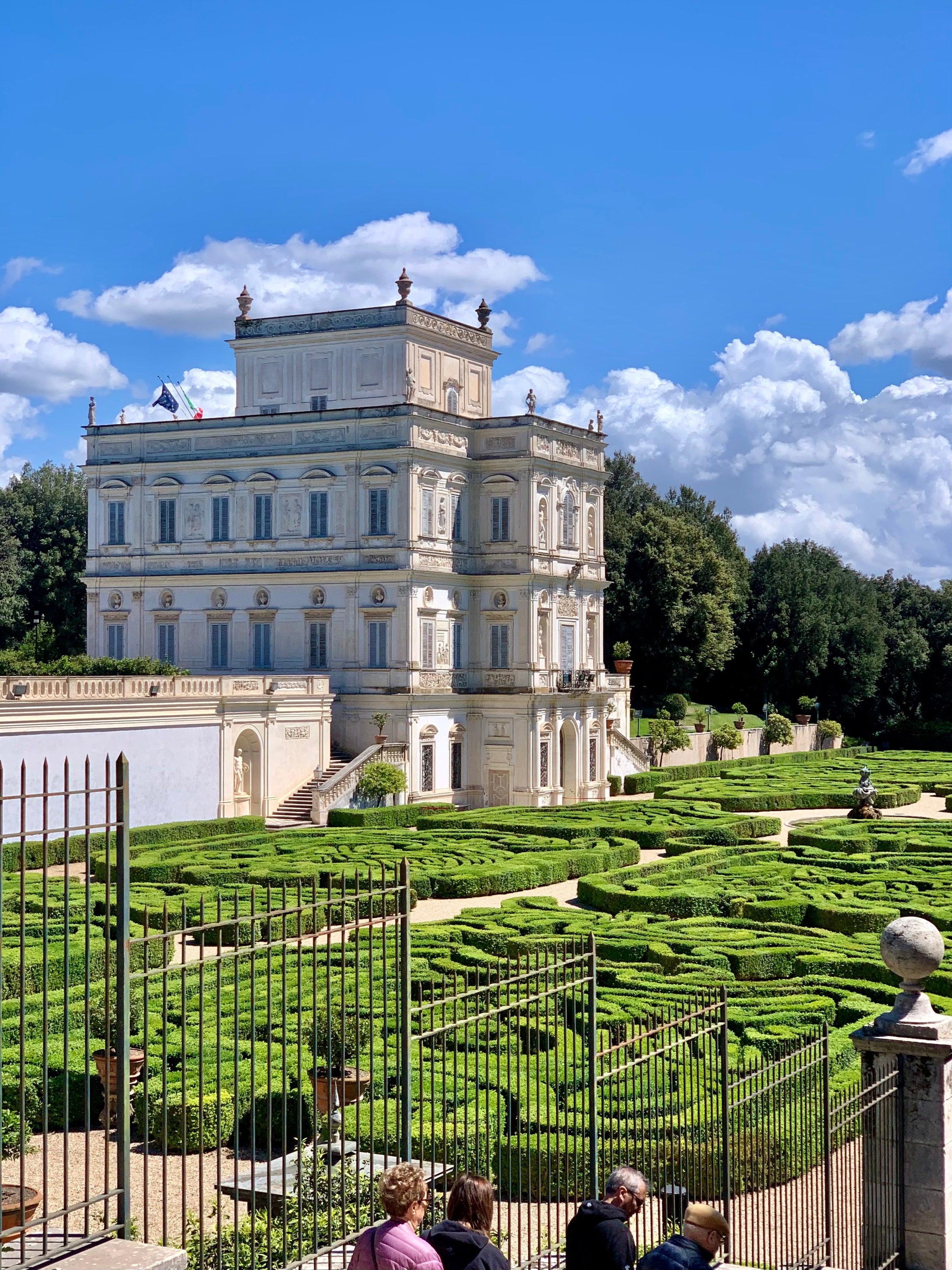
Trastevere is a funky area with influences from its centuries-old, working-class roots combined with a new bohemian wave and touristic developments identifiable by its dangling laundry, street art, and no-frills trattorias and pizzerias that attract a mixed crowd. On the other side of the river lies Testaccio, an underrated district on any tourist itinerary full of history, outdoor markets, a prideful local community, and some of the best eateries in town. Try Pizzeria Remo and Flavio Al Velavevodetto. Rione Monti is sandwiched between the train station, Circo Massimo, and the Colosseum. It has gentrified into an eclectic neighborhood with vintage shops along Via Urbana and hip wine bars while neighboring archaeological sites. In the direct center of town, there is Regola, home to the infamous Campo de Fiori Market, artisanal shops, and popular forno's (bakeries).
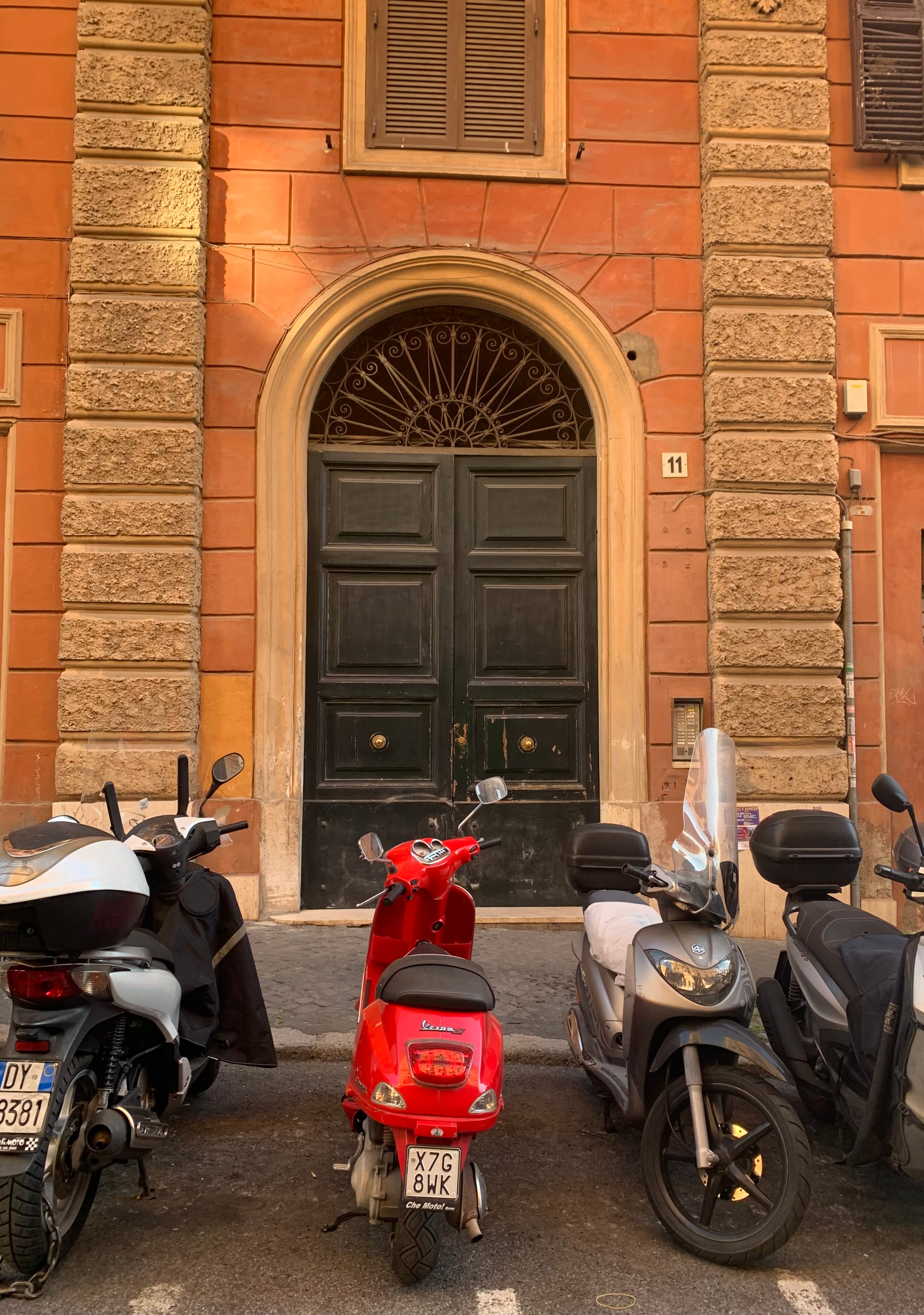
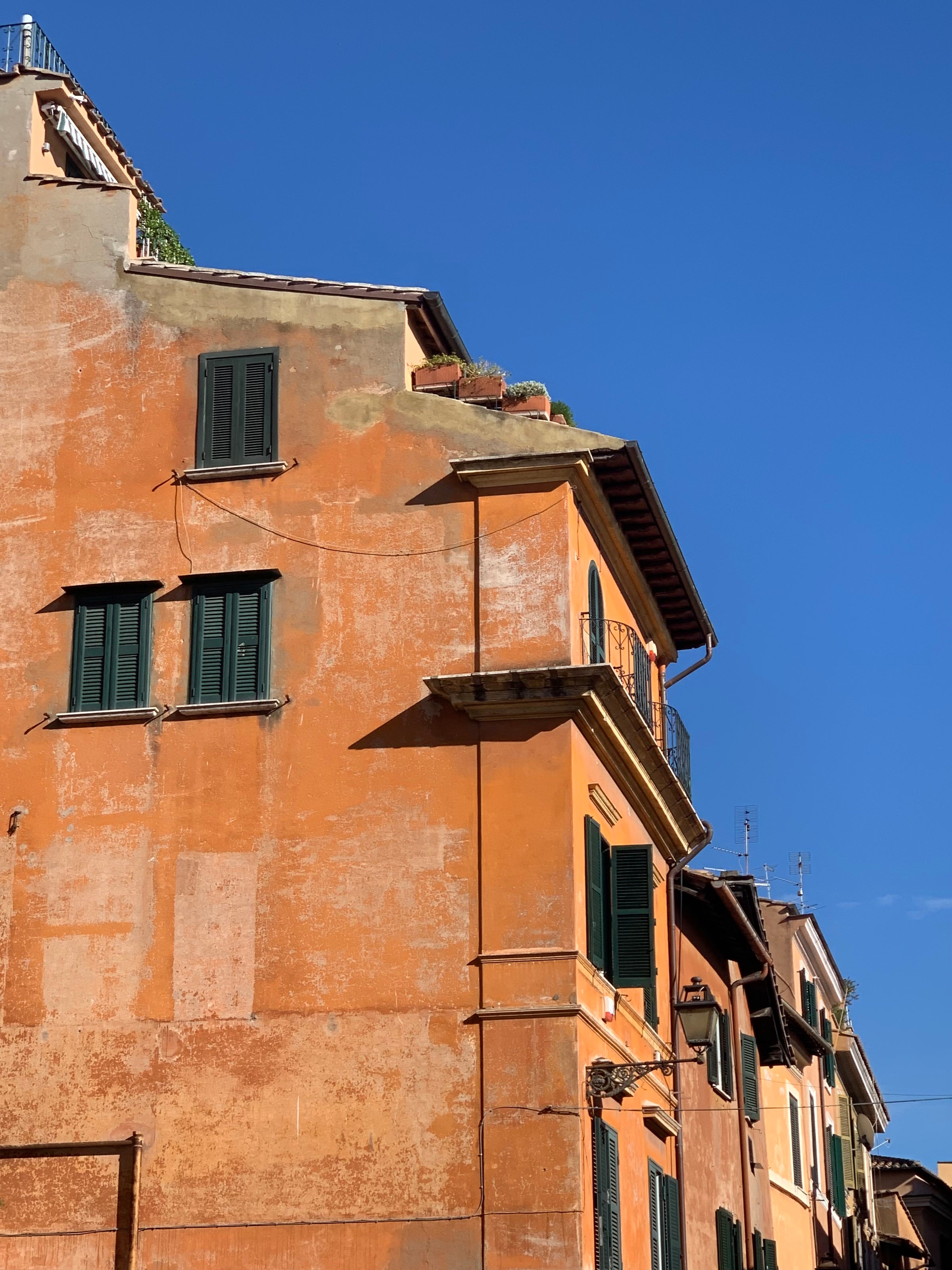
As mentioned before, tackling all of Rome's heritage sites and ruins can't and shouldn't be done in a day. There are museums and exhibitions(Chiostro del Bramante is an Italian Renaissance building that hosts art exhibitions on rotation), churches dating back to the 340s, castles like Castel Sant'Angelo with 360-degree views of the city, and piazzas such as Madonna dei Monti to discover. Yearning for a bit of city escape after sightseeing? I always head to one of the city's public parks as Rome is home to the most prominent green spaces in any European city. Villa Doria Pamphili is home to a 17th-century villa with unlimited rows of pine trees or Parco degli Acquedotti with unspoiled natural reserves and Roman aqueducts.
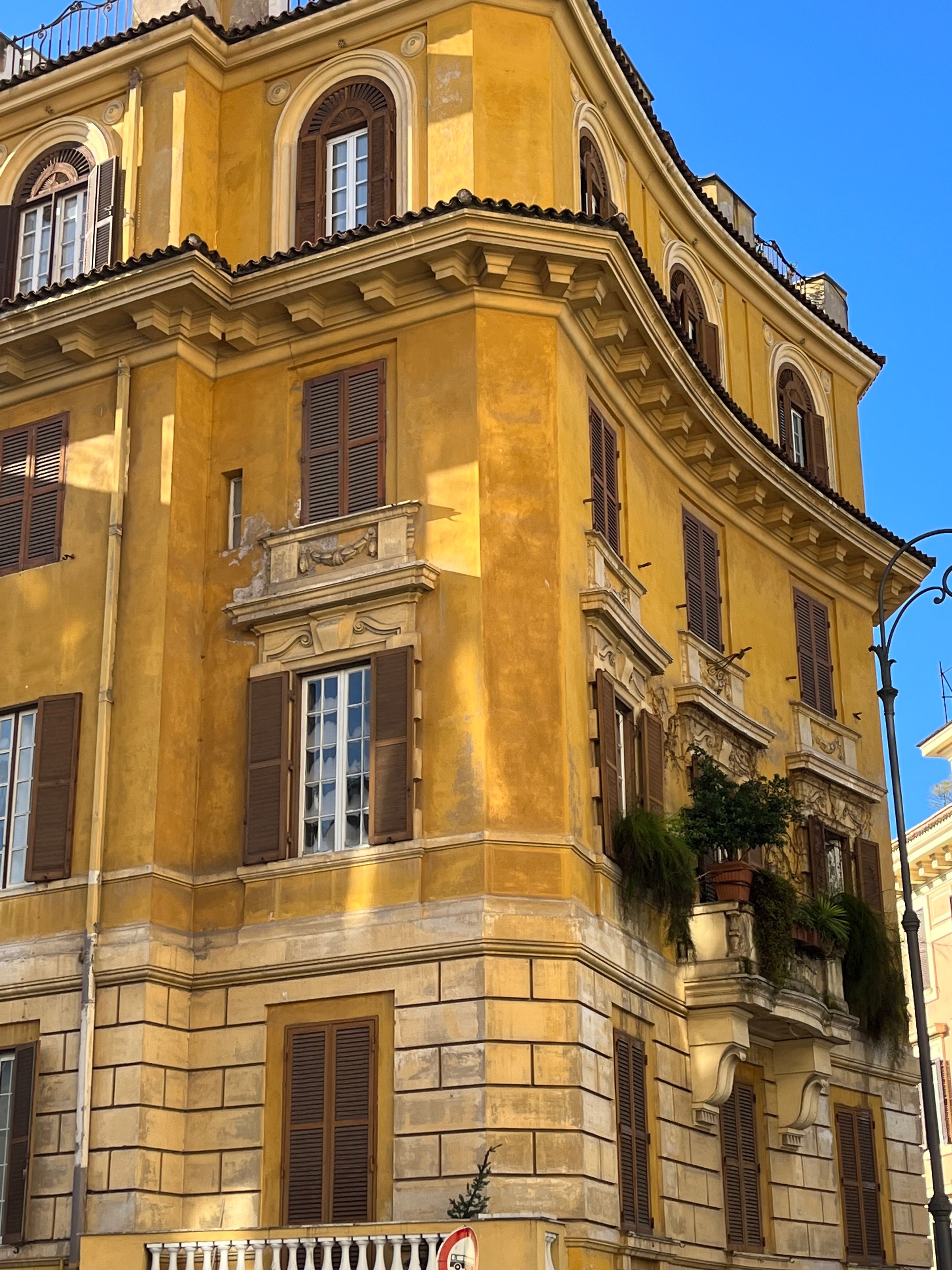
Since day one, I have integrated markets into my Italian lifestyle as they are a significant part of Roman and Italian culture. From food to second-hand clothing and vintage pop-ups, I believe the best way to not only eat fresh produce and collect some souvenirs, but understand a new city and its people is by going to a market. Mercato di Testaccio is top of my list, with hospitable vendors offering an assortment of seasonal foods and ready-to-eat meals (don't miss a panini from Mordi & Vai). For vintage clothes and accessories, check-out Borghetto Flaminio Market or for a Sunday affair at the largest outdoor flea market in Italy, go to Porta Portese.
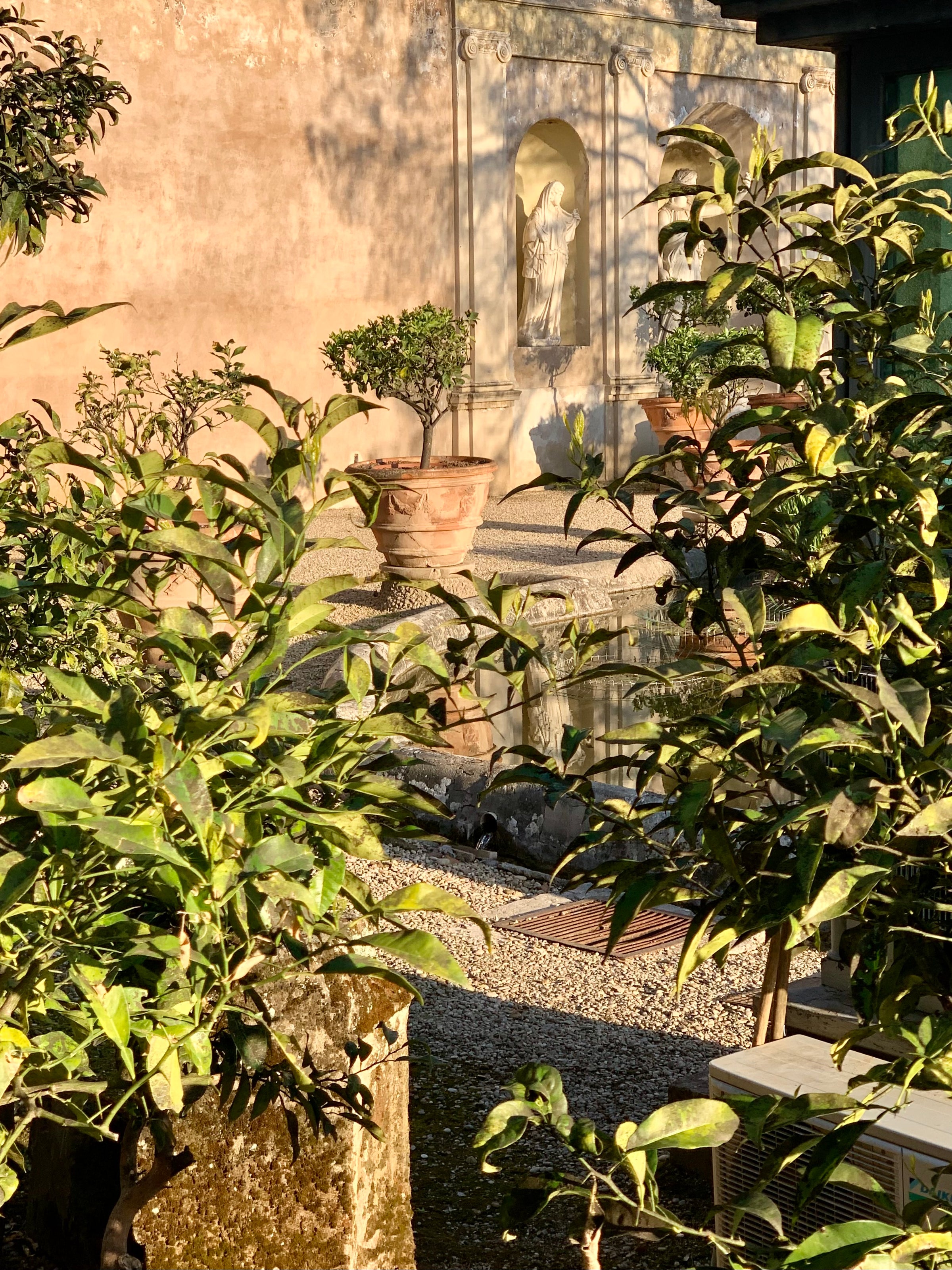
No Roman holiday is complete without a little (or a lot) of Roman food. There are over 13,000 restaurants in the city, so be careful where you sit. I see visitors make this mistake again and again. If there is a waiter outside a restaurant desperately asking each passerby to come to sit and eat with a menu in hand, don't do it. So what should you eat? Let's start with breakfast. Typical across the entire country, a quick and sweet meal does the trick. Stop in a bar like Sant'Eustachio for an espresso and add a cornetto or maritozzo to your order. Maritozzo is a sweet bun cut down in the center with light whipped cream on top, a favorite traditional roman pastry among inhabitants.
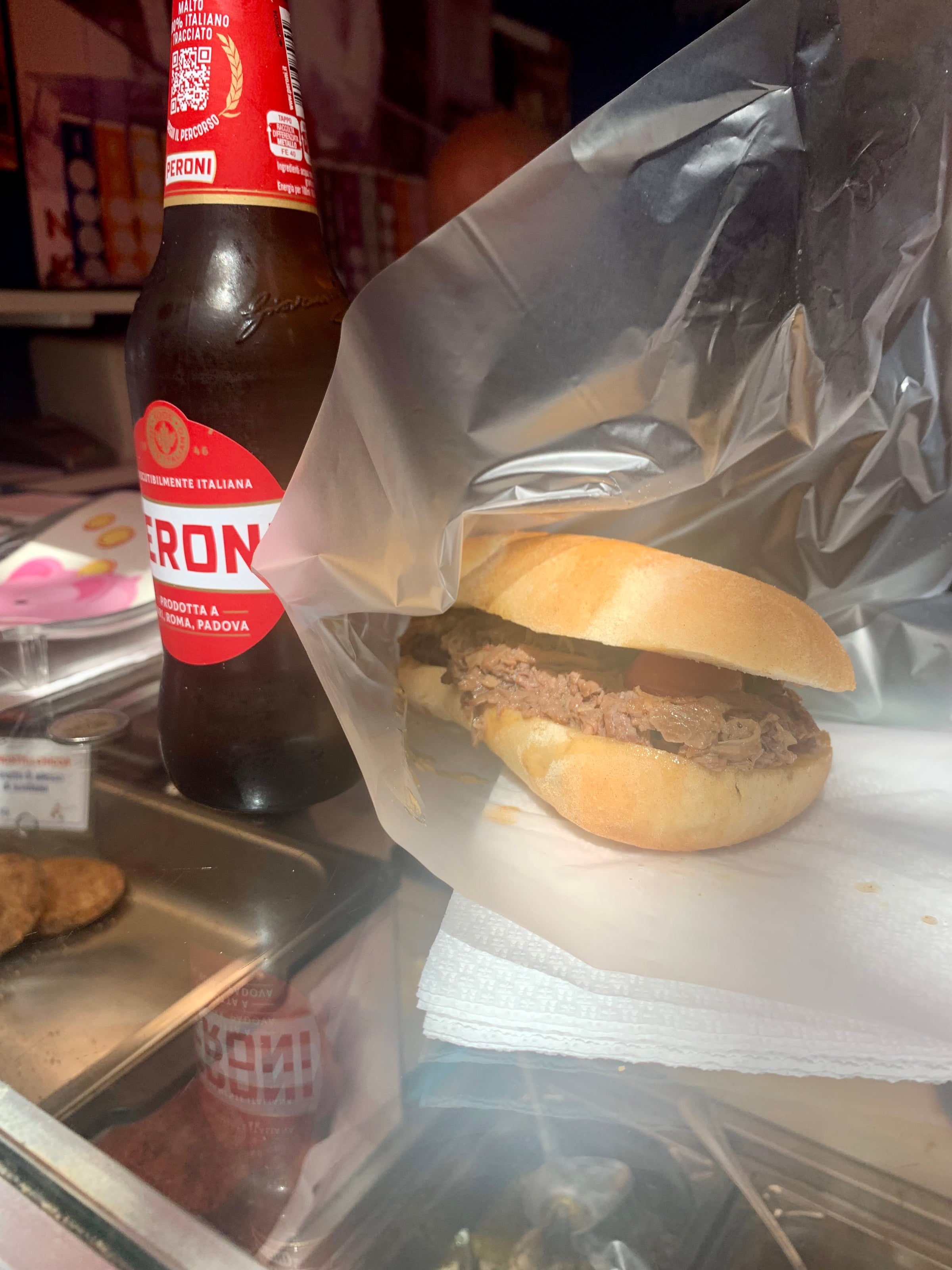
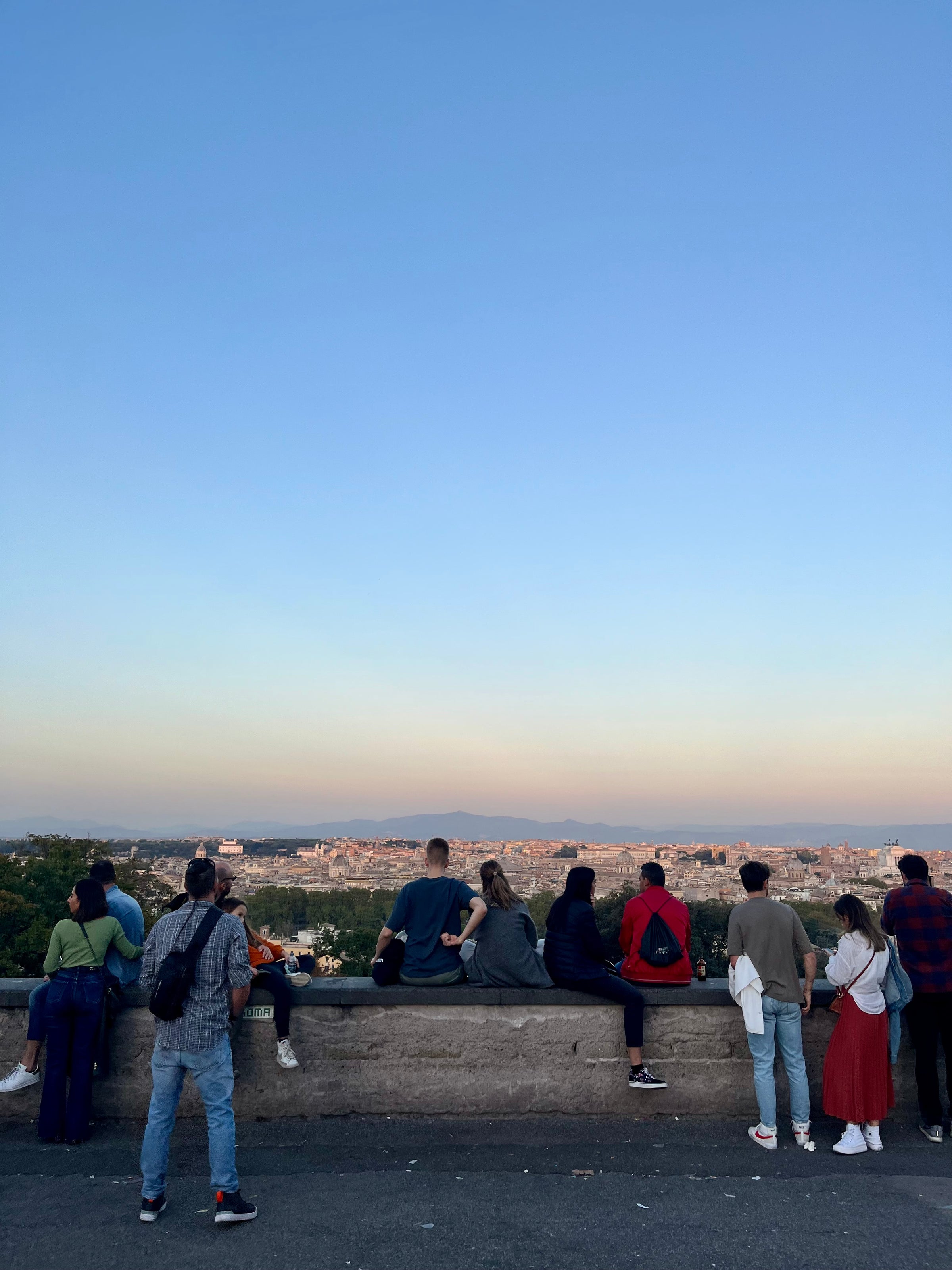
Street food is a religion for Romans and the key to my heart. There are fried options like suppli (fried rice balls) or filetto di baccala (fried cod fish), or pizza al taglio (sheets of fresh, thin pizza sold by weight with various toppings). For supplies head to Suppli in Via Francesco in Trastevere and for pizza al taglio there is Alice or Forno Roscioli. There is carbonara, cacio e pepe, and amatriciana for traditional pasta dishes. You can't go wrong with any, especially dining at Da Enzo. Are you craving more pizza? A round pizza may be a bit different than what you expect. It is round and flat, with an extra fine and crunchy crust—Pizzeria Marmi or Ivo a Trastevere or my go-tos for good pizza and a fun environment.


